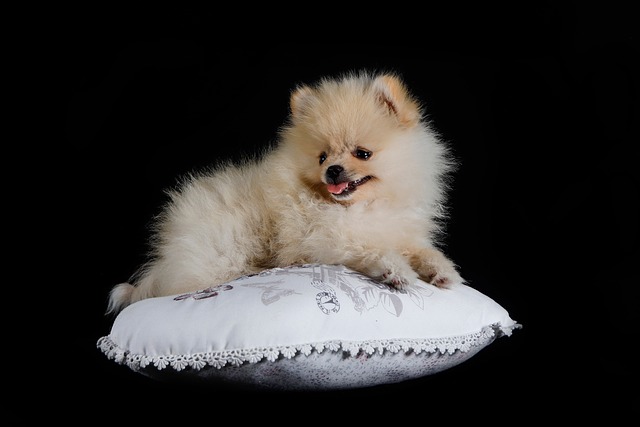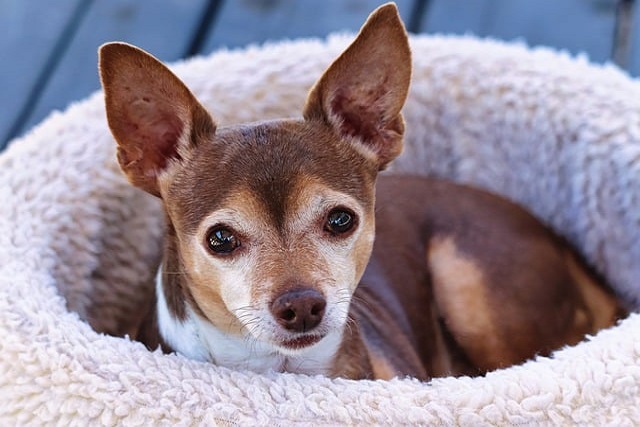
What is the best type of training for a dog?
There’s no one-size-fits-all answer to what makes the best dog training, but most experts agree that methods built on positive reinforcement tend to yield the most lasting results.
Getting a new puppy is like welcoming a tiny, furry tornado into your home. While it’s tempting to keep that warm little ball of energy in your bedroom, there are good reasons to train them to sleep downstairs. Maybe you’ve got a busy household with early risers, or you want to create clear boundaries. But how do you make it happen without your pup turning into a nighttime howler?
First things first—safety is non-negotiable. Before even thinking about bedtime training, make sure the downstairs area is puppy-proofed. Secure electrical cords, put away cleaning supplies, and block off any small spaces where your pup could get stuck. Remember, local animal welfare laws often require pet owners to provide a safe environment, and this includes their sleeping area.
The key to successful training is making the downstairs feel like a cozy den. Use a soft, washable dog bed and place it in a quiet corner away from drafts. Add a worn t-shirt that smells like you to provide comfort, as the familiar scent can soothe separation anxiety. You might also consider a crate, which can act as a secure “puppy condo” if introduced properly. Just ensure it’s large enough for your pup to stand up, turn around, and lie down comfortably—local regulations usually have size requirements for crates to prevent animal cruelty.
Start by spending time downstairs with your puppy during the day. Play games, offer treats, and create positive associations with the space. When it’s time for their first solo night downstairs, gradually ease them into it. Begin by leaving them for short periods while you’re still home, like when you go to the bathroom or do the dishes. Praise them when they stay calm, and use a soothing voice to reassure them.
 Consistency is king in puppy training. Stick to a regular bedtime routine that includes a final potty break, a quick play session, and a bedtime treat. Avoid giving in to late-night whining, even if it tugs at your heartstrings. Keep in mind that excessive noise complaints could potentially violate local nuisance ordinances, so teaching your puppy quiet behavior is crucial. If you’re worried about noise, a white noise machine or a radio playing soft music can help mask outside sounds and create a more peaceful environment.
Consistency is king in puppy training. Stick to a regular bedtime routine that includes a final potty break, a quick play session, and a bedtime treat. Avoid giving in to late-night whining, even if it tugs at your heartstrings. Keep in mind that excessive noise complaints could potentially violate local nuisance ordinances, so teaching your puppy quiet behavior is crucial. If you’re worried about noise, a white noise machine or a radio playing soft music can help mask outside sounds and create a more peaceful environment.
Positive reinforcement is your best friend. Whenever your puppy spends the night downstairs without fussing, reward them with extra playtime, a special treat, or lots of belly rubs in the morning. Avoid punishment, as it can increase anxiety and make the training process longer. Instead, focus on reinforcing the behaviors you want to see.
If your puppy struggles with separation anxiety, consider using pheromone diffusers like Adaptil. These products mimic the calming pheromones a mother dog produces, helping to soothe your puppy. You can also try puzzle toys filled with peanut butter or kibble to keep them occupied and distracted when you leave the room.
Remember, every puppy is different. Some may adjust in a few nights, while others might take weeks. Be patient, stay consistent, and trust the process. Training your puppy to sleep downstairs not only gives you more rest but also helps them become a well-adjusted member of the household. With a little effort and a lot of love, your puppy will soon be snoozing soundly in their new bedtime spot.

There’s no one-size-fits-all answer to what makes the best dog training, but most experts agree that methods built on positive reinforcement tend to yield the most lasting results.

Welcoming an 8-week-old puppy into your home is a joy filled with wiggly tails and endless curiosity. One of the first steps in building a strong bond is teaching them their name.

If you’ve ever sat up at night, listening to your gray-muzzled dog pace back and forth, stopping to whine or stare at a wall, you know the worry that comes with a restless senior pup.

Training a service dog starts long before they’re ready to assist with specific tasks—their journey begins with building a foundation of trust, focus, and adaptability, and the timing of this training matters more than you might think.

Watching a tiny puppy fumble through their first attempts to sit can feel like watching a little acrobat mastering a new trick.

If you’ve ever found your flower bed dug up or your favorite shrub chewed to bits, you’ve probably searched for easy ways to keep neighborhood dogs (or even your own) out of your yard.